Shooting for VR is about to get easier with these new cameras

This year's CES is jam-packed with various virtual reality announcements, but expect 360 imagery to make way for much simpler and more accessible VR180 technology.
Since the launch of Cardboard in 2014, Google has been attempting to make immersive video and VR gaming cheaper and more available to the layman, but now it wants to take the hassle out of the filming process.
Google and its new Daydream team have been working with several tech giants to launch 'point-and-shoot' VR180 cameras that will arrive in the coming months.
Perhaps the most interesting thing about these new cameras is that they aren’t 360-degree cameras. Yes, they each possess two lenses, but they’re aligned on the front of the thin, rectangular-shaped units instead of being situated on the front and back.
Classic form factor

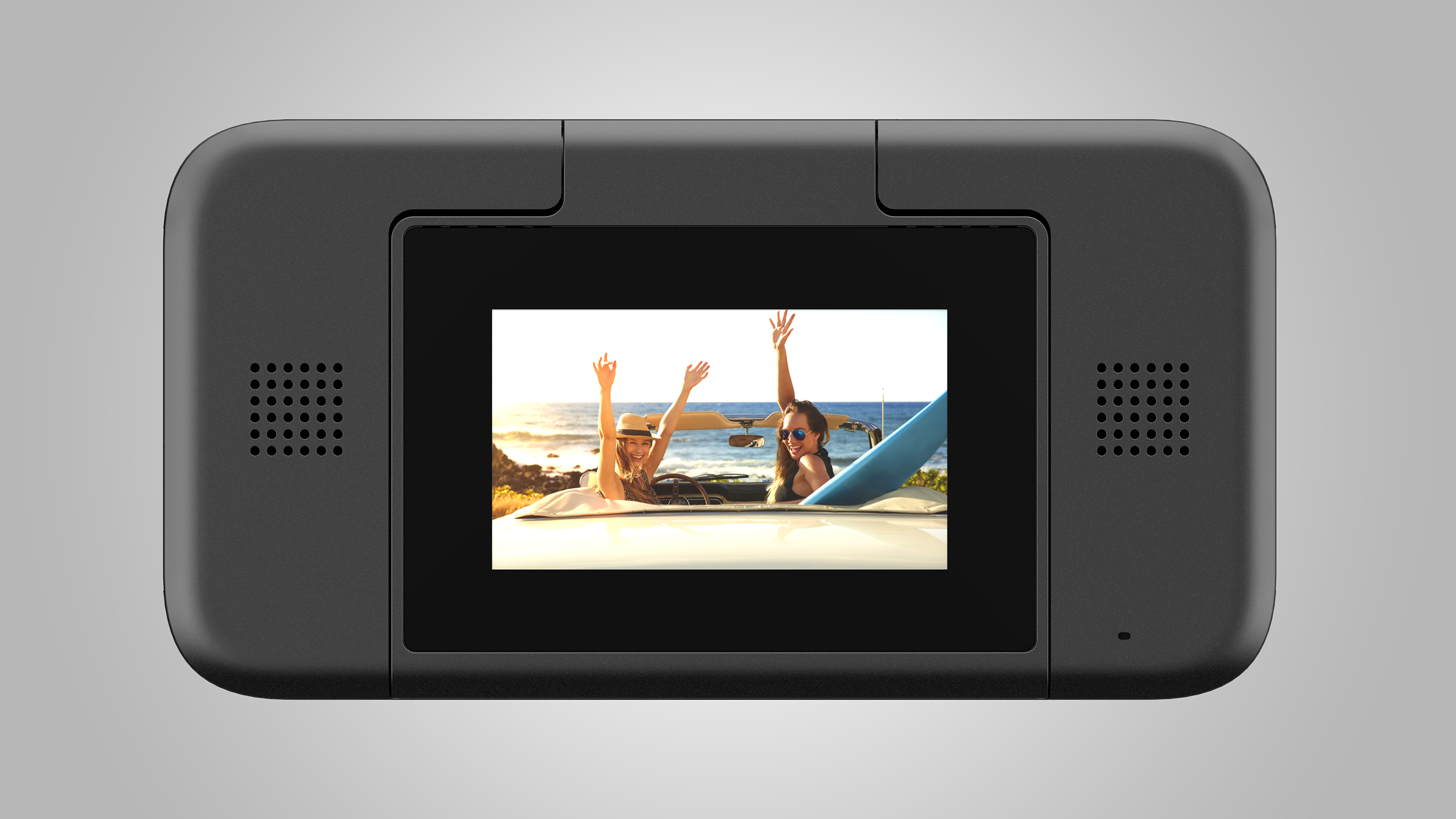
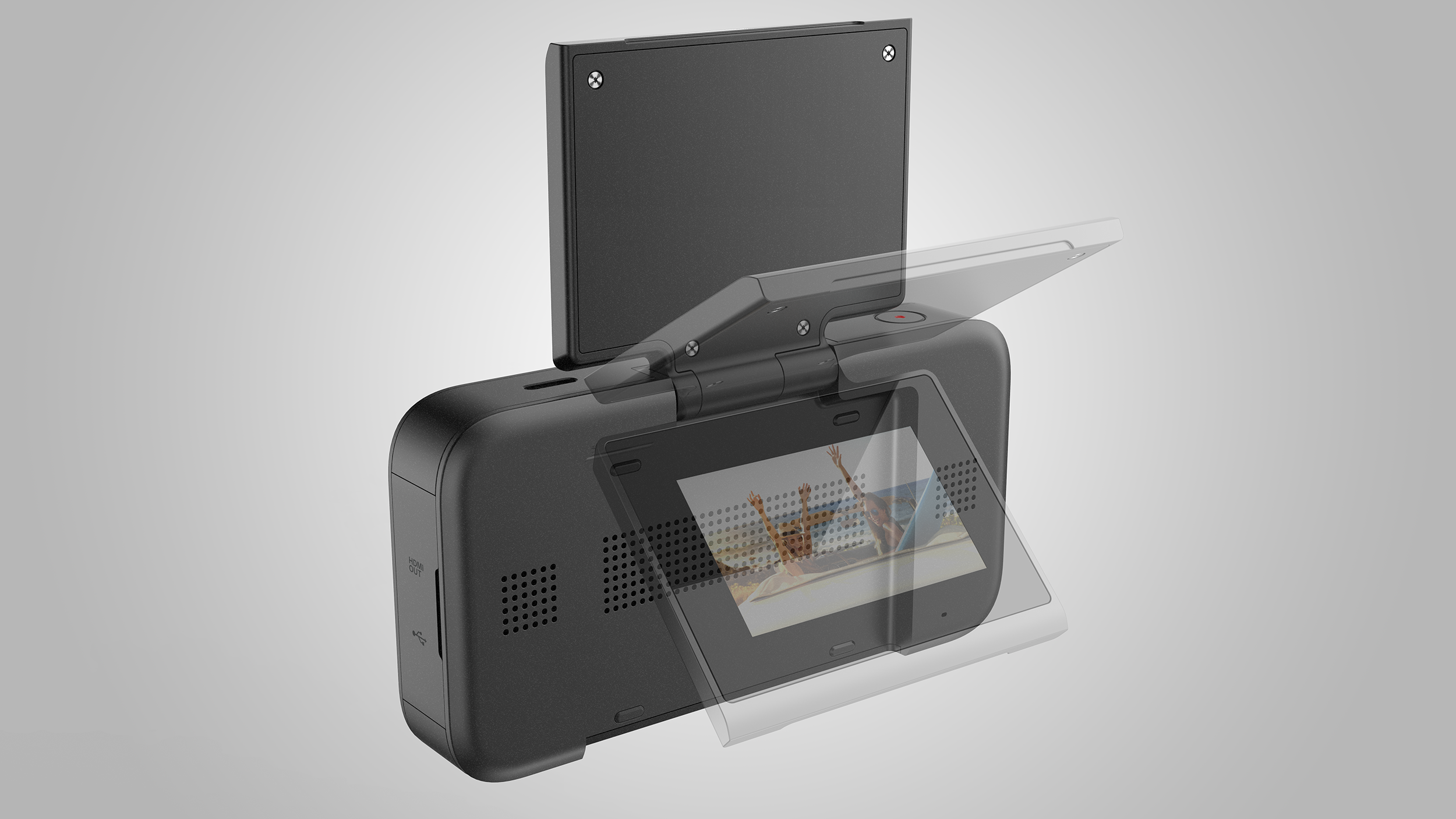
The reason for this design choice is to capture the depth required to bring your memories to life while retaining a classic form factor.
One such example us the Horizon VR180 from Yi Technology (above), which will be announced at this year's tech extravaganza in Las Vegas and its stereoscopic snapper will be able to capture 5.7k resolution photos and video at 30fps, live stream with the push of a single button and capture a professional grade soundtrack with its four microphone layout and outdoor noise reduction.
Footage captured will also be compatible with YouTube and Google Photos, while users can also view all of the content in 2D.
Sign up for breaking news, reviews, opinion, top tech deals, and more.
Other notable additions include a 2.2-inch, 640 x 360 retina touchscreen and the inclusion of a Type-C USB port with HD speed data transmission.
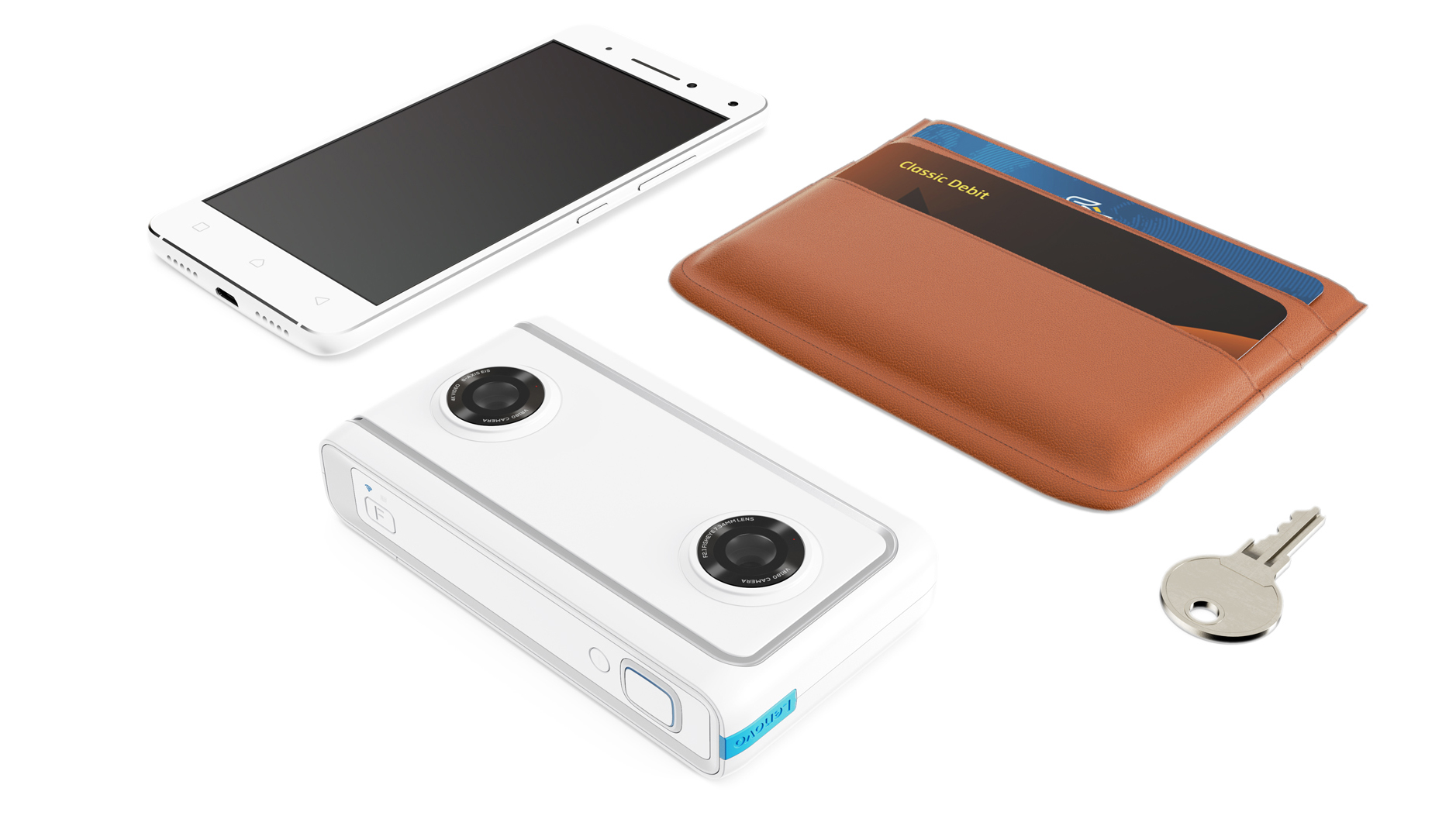
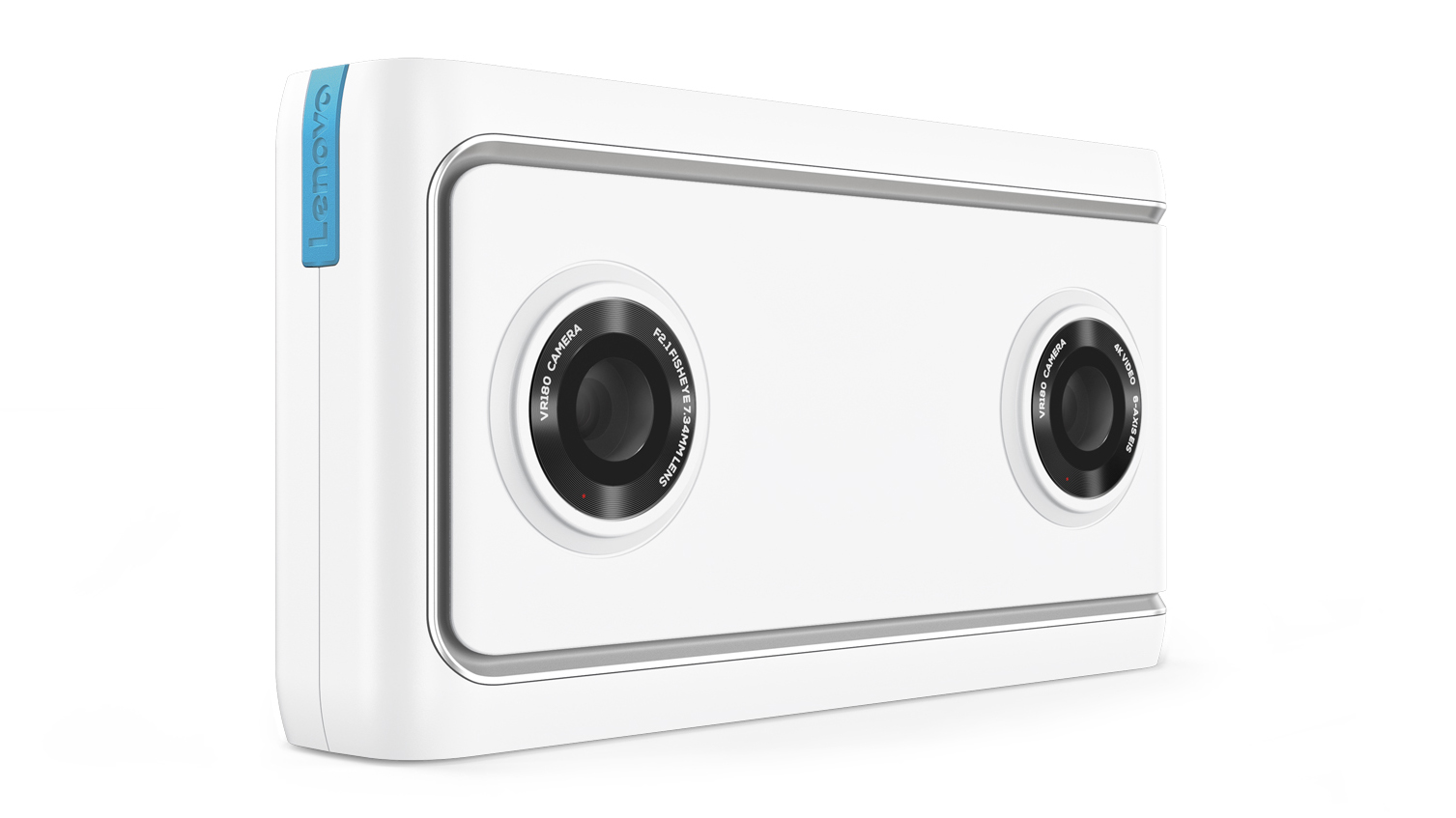
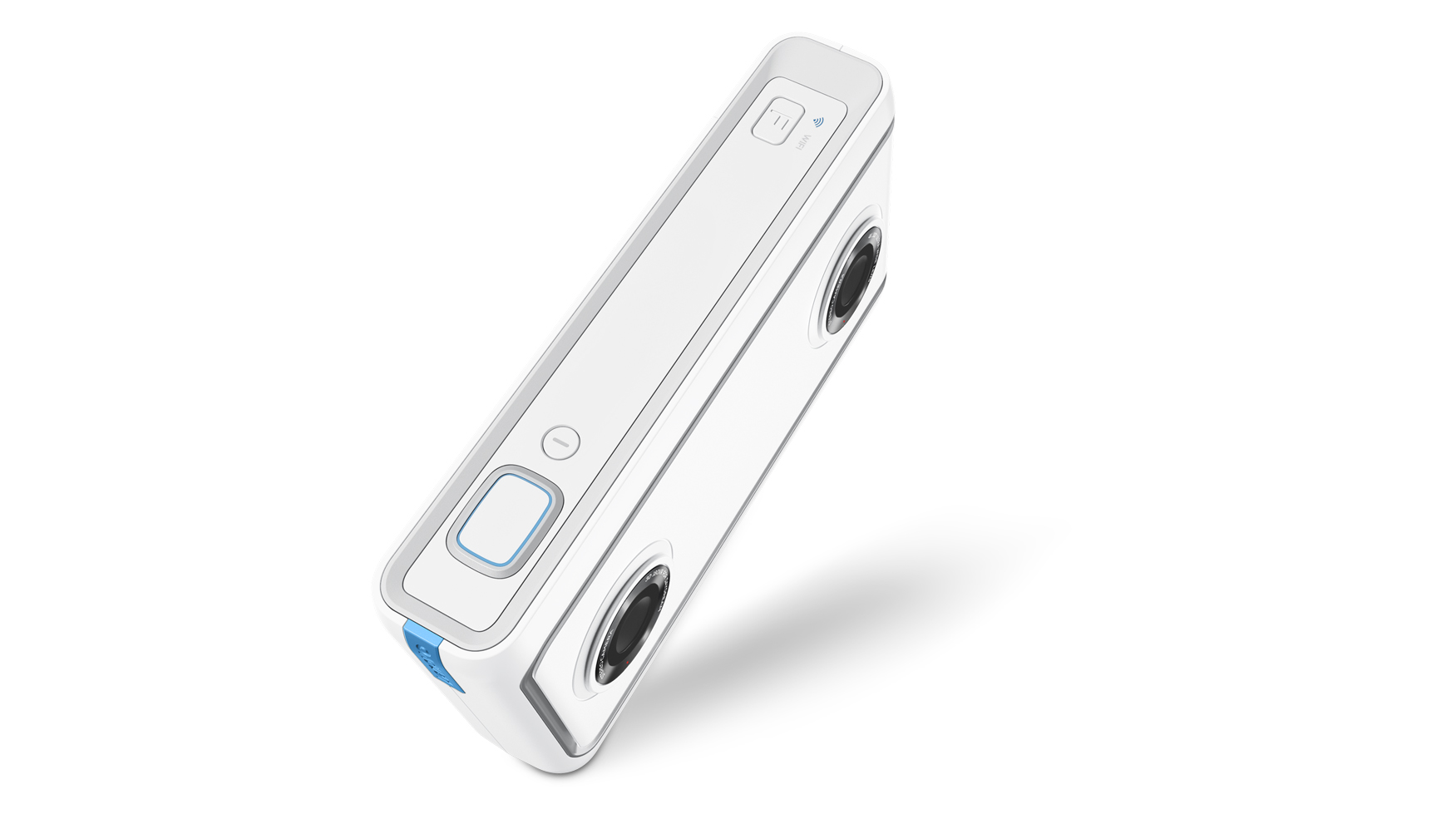
Lenovo's Mirage camera features dual 13MP cameras with fisheye optics with a field of view covering 180 x 180 degrees allowing you to capture both stereoscopic photos and videos. Unlike the Horizon VR180 from Yi Technology, the Mirage doesn't feature a rear display, but there is a Phone SW for VR180 companion app available - otherwise, the controls are limited to a power button, function button and shutter button. The Wi-Fi version of the camera will be available for under $300.
Google has also revealed that a user-friendly camera from LG will be available later in the year and Panasonic is building VR180 support for some future cameras with a new add-on.
When YouTube announced it would support the new VR180 format last year, many thought it would be the beginning of a movement, but a lack of compatible cameras has seen many 'creators' shy away from the technology.
Clay Bavor, Vice President, Virtual and Augmented Reality at Google says that the cameras available today, "capture flat 360 footage that doesn’t create a realistic sense of depth". But the new crop of VR180 cameras will allow users to, "point and shoot to take crisp, three-dimensional photos and videos of the world in wide angle, ultra HD 4K resolution," he explains.
- New year, new tech – check out all our coverage of CES 2018 straight from Las Vegas, the greatest gadget show on Earth

Leon has been navigating a world where automotive and tech collide for almost 20 years, reporting on everything from in-car entertainment to robotised manufacturing plants. Currently, EVs are the focus of his attentions, but give it a few years and it will be electric vertical take-off and landing craft. Outside of work hours, he can be found tinkering with distinctly analogue motorcycles, because electric motors are no replacement for an old Honda inline four.